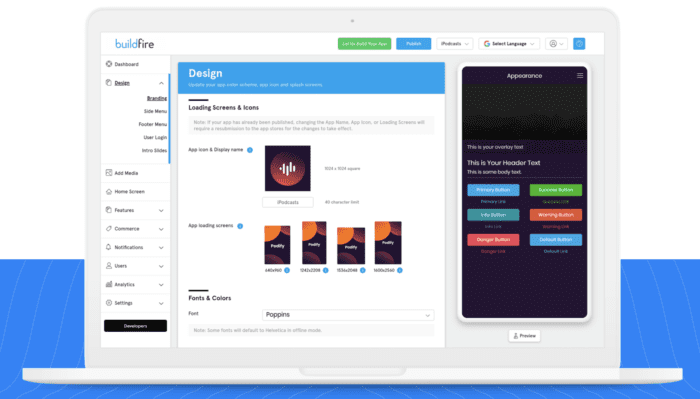
Strategic Coding for Robust App Development

Strategic Coding for Robust App Development
In the dynamic realm of app development, strategic coding is the linchpin that determines success. This article explores the fundamental principles and strategic approaches involved in coding for app development, laying the foundation for robust and efficient applications.
1. Building a Solid Foundation: The Core of Strategic Coding
At the heart of strategic coding for app development lies the imperative to build a solid foundation. This involves crafting a well-structured codebase, choosing appropriate architectures, and establishing coding standards. A robust foundation ensures scalability, maintainability, and sets the stage for future enhancements.
2. Embracing Cross-Platform Development: Maximizing Reach
Strategic coding extends beyond a single platform. Embracing cross-platform development frameworks such as React Native or Xamarin allows developers to write code that works seamlessly across multiple platforms. This strategic approach maximizes reach, optimizing development efforts and ensuring a consistent user experience.
3. User-Centric Design Integration: Enhancing User Experience
Strategic coding in app development goes hand in hand with a user-centric design philosophy. Prioritizing user experience (UX) involves creating intuitive interfaces, implementing smooth navigation, and ensuring a visually appealing design. Strategic coding aligns with user needs, enhancing satisfaction and engagement.
4. Performance Optimization: Ensuring Efficiency
Efficient performance is a key aspect of strategic coding. Optimizing code for speed and resource usage ensures that the application runs smoothly. Strategic performance optimization involves efficient algorithms, proper memory management, and minimizing latency, contributing to a seamless user experience.
5. Security as a Strategic Imperative: Protecting User Data
Strategic coding prioritizes security as a fundamental imperative. Protecting user data and ensuring the integrity of the application is paramount. Strategic security measures include encryption, secure communication protocols, and adherence to best practices, fortifying the app against potential vulnerabilities.
6. Responsive Design Principles: Adapting to Diverse Screens
Strategic coding incorporates responsive design principles. As users interact with apps on various devices with diverse screen sizes, ensuring responsiveness is crucial. Strategic coding involves fluid layouts, flexible grids, and media queries to adapt the app’s design to different screen dimensions.
7. Agile Methodologies: Flexibility and Adaptability
Strategic coding aligns seamlessly with agile methodologies. Embracing an agile approach provides flexibility and adaptability throughout the development process. Strategic coding within an agile framework enables developers to respond promptly to changing requirements, incorporate user feedback, and deliver a more refined and user-friendly final product.
8. Continuous Integration and Testing: Ensuring Quality Strategically
Strategic coding involves integrating continuous testing practices into the development process. Continuous integration ensures that changes to the codebase are systematically tested, preventing the accumulation of bugs. This strategic approach guarantees a higher quality end product, reducing the likelihood of critical issues in the final release.
9. Collaborative Coding: Strengthening Team Dynamics
In strategic coding, collaboration is key. Developers work collaboratively, sharing insights and expertise. Collaborative coding not only strengthens team dynamics but also enhances the overall quality of the codebase. Through collaboration, developers can strategically address challenges, share knowledge, and collectively contribute to the success of the project.
10. Innovation and Future-Proofing: Strategic Thinking
Strategic coding involves forward-thinking and innovation. Developers strategically implement features that align with current trends and anticipate future technological advancements. This forward-looking approach ensures that the app remains relevant and adaptable, standing the test of time.
In the intricate tapestry of app development, strategic coding emerges as the guiding thread that leads to success. By building a solid foundation, embracing cross-platform development, prioritizing user-centric design, optimizing performance, ensuring security, incorporating responsive design, adopting agile methodologies, integrating continuous testing, fostering collaborative coding, and embracing innovation, developers can strategically navigate the complexities of app development, ensuring the delivery of robust and efficient applications.
For a more in-depth exploration of Coding App Development, visit Coding App Development on our website.



